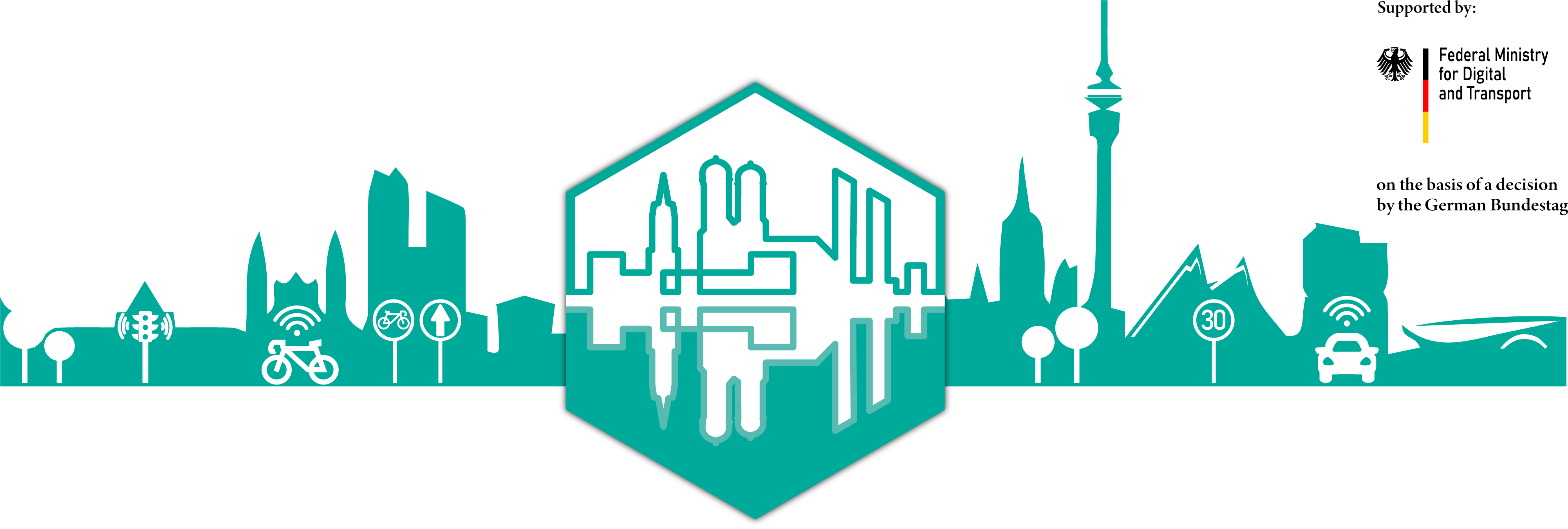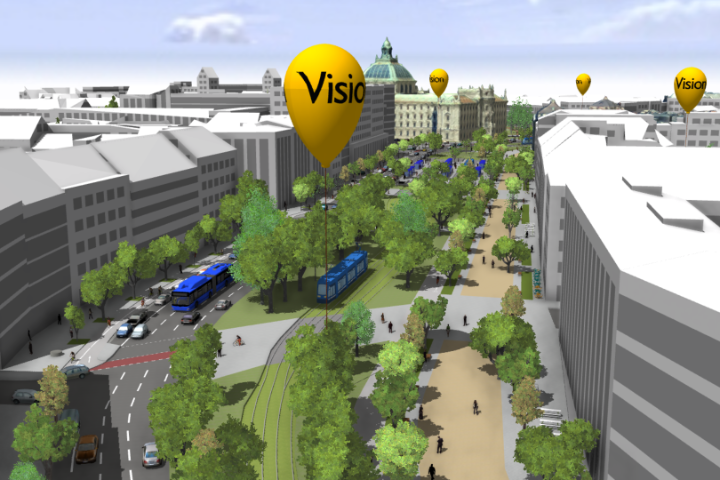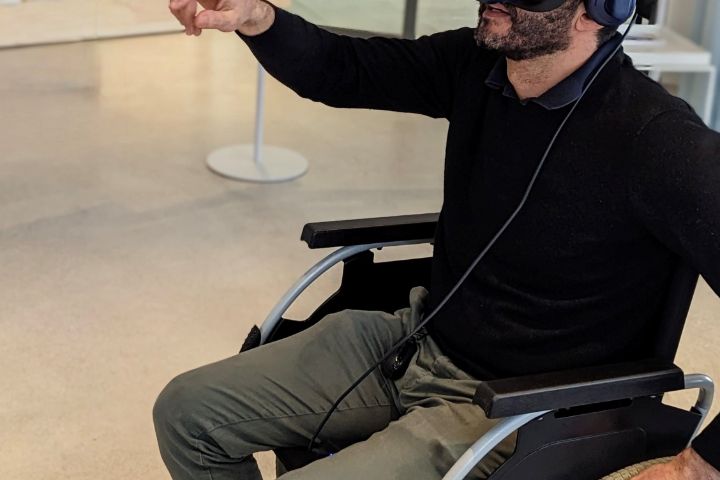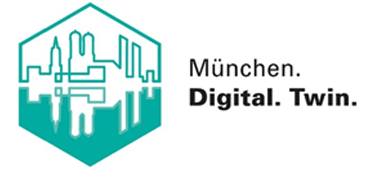Results of the funding project Digital Twin Munich (DT-M)
The Federal Ministry for Digital and Transport supports measures for the digital transformation of urban mobility in German cities and municipalities. With the nationwide funding guideline "Digitalization of municipal transport systems", the federal government is making an important contribution to climate and health protection in Germany. Within this context the funding project "Digital Twin of the City of Munich to improve the spatial database for traffic planning and control measures with the overarching goal of air quality improvement" was conducted in Munich.
















